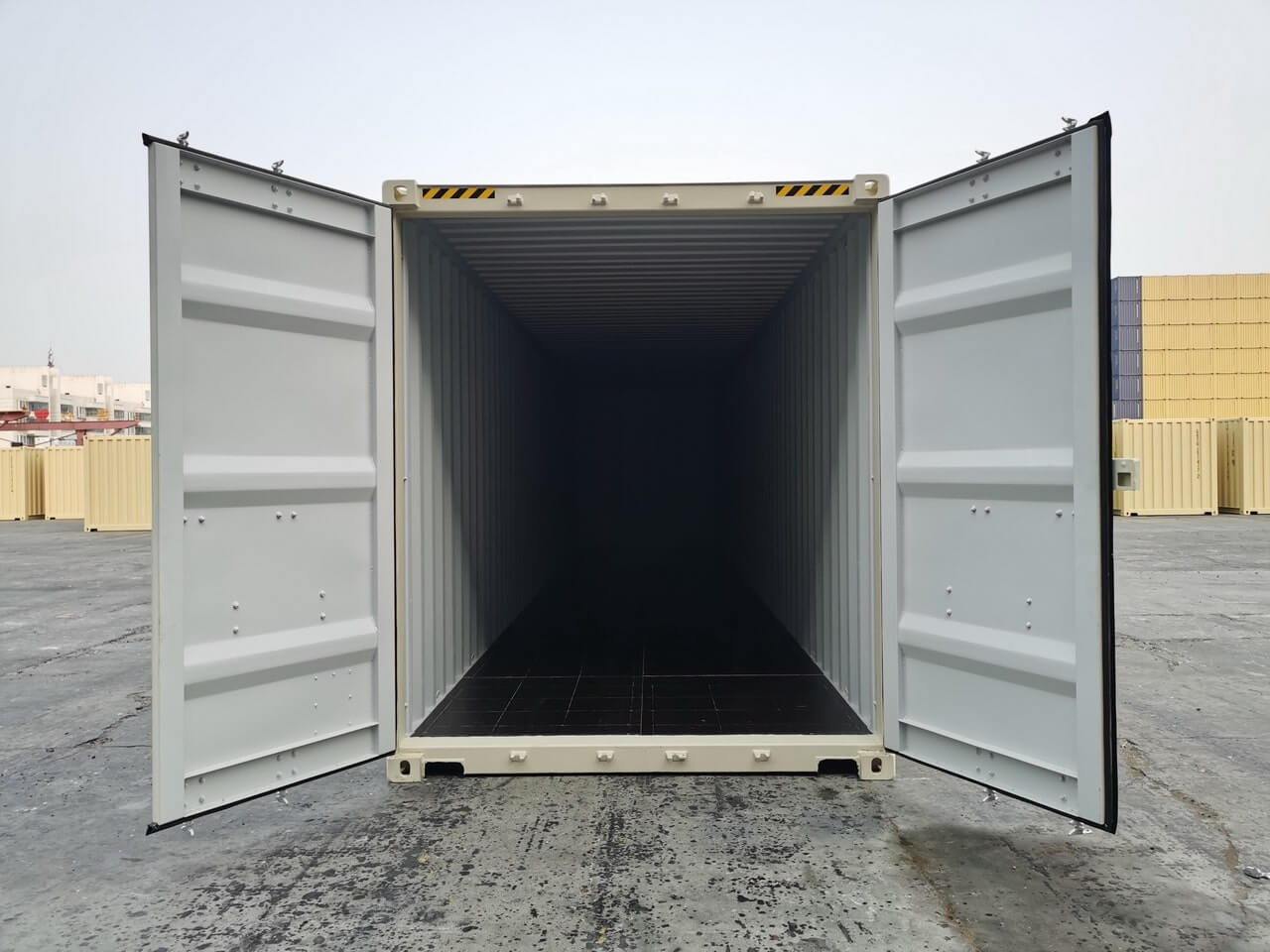
In the world of international trade, accurately calculating the volume of your cargo is crucial for efficient shipping and cost management. One of the most commonly used metrics for this purpose is the Cubic Meter, or CBM. Understanding what CBM is and how to calculate it can significantly impact your shipping operations.
What is CBM (Cubic Meter)
CBM, or Cubic Meter, is a standard unit of measurement used in shipping to denote the volume of cargo. It is essential for determining how much space your cargo will occupy in a shipping container, whether it’s transported by sea, air, or land. Calculating CBM accurately helps in planning and optimizing the space within the shipping container, thereby reducing shipping costs and improving efficiency.
Why is CBM Important in Shipping
Understanding and calculating CBM is critical for several reasons:
- Cost Estimation: Shipping costs are often calculated based on the volume of the cargo. Knowing the CBM helps in accurately estimating these costs.
- Space Optimization: Proper calculation of CBM ensures optimal use of the available space in a container, minimizing wasted space and potentially reducing the number of containers needed.
- Logistics Planning: Accurate volume measurement aids in better logistics planning and coordination, leading to smoother and more efficient shipping operations.
How to Calculate CBM
Calculating CBM involves measuring the dimensions of your cargo and applying a simple mathematical formula. Here’s how you can do it:
- Measure the Dimensions: Measure the length, width, and height of the cargo in meters. If your measurements are in centimeters, convert them to meters by dividing by 100.
- Apply the Formula: Multiply the length (L), width (W), and height (H) of the cargo to get the CBM.
CBM=L×W×H
- Example Calculation: Suppose you have a cargo with dimensions 2 meters in length, 1.5 meters in width, and 1 meter in height. The CBM would be:
CBM=2m×1.5m×1m=3CBM
CBM Calculation Examples
To further illustrate, here are a few examples:
- Example 1: A box with dimensions 1.2 meters (length) x 0.8 meters (width) x 0.6 meters (height):
CBM=1.2×0.8×0.6=0.576CBM
- Example 2: Multiple items: If you have multiple boxes, calculate the CBM for each box and then sum them up. For instance, 5 boxes each with dimensions 0.5 meters (length) x 0.4 meters (width) x 0.3 meters (height):
CBM per box=0.5×0.4×0.3=0.06CBM
Total CBM=0.06×5=0.3CBM
Common Mistakes in Calculating CBM
While calculating CBM is straightforward, there are common mistakes to avoid:
- Incorrect Unit Conversion: Ensure all measurements are in meters. Convert centimeters to meters by dividing by 100.
- Rounding Errors: Use precise measurements to avoid significant rounding errors that can affect the overall volume calculation.
- Ignoring Irregular Shapes: For irregularly shaped items, consider the overall bounding box that encloses the item for a more accurate CBM calculation.
How RAM International Shipping Uses CBM for Efficient Shipping
At RAM International Shipping, we utilize CBM calculations to optimize our shipping processes:
- Accurate Quotes: We provide precise shipping quotes based on the CBM of your cargo, ensuring transparency and cost-effectiveness.
- Space Management: Our expertise in calculating and managing cargo volume helps in maximizing the use of container space, reducing costs, and improving efficiency.
- Custom Solutions: We offer tailored solutions for different cargo types, ensuring that each shipment is handled with the utmost care and precision.
Understanding and accurately calculating CBM is essential for efficient and cost-effective shipping. By mastering CBM calculations, businesses can optimize their logistics, reduce costs, and ensure smoother shipping operations. At RAM International Shipping, we are committed to helping our clients navigate these complexities with ease. Contact us today for expert advice and customized shipping solutions tailored to your needs.



